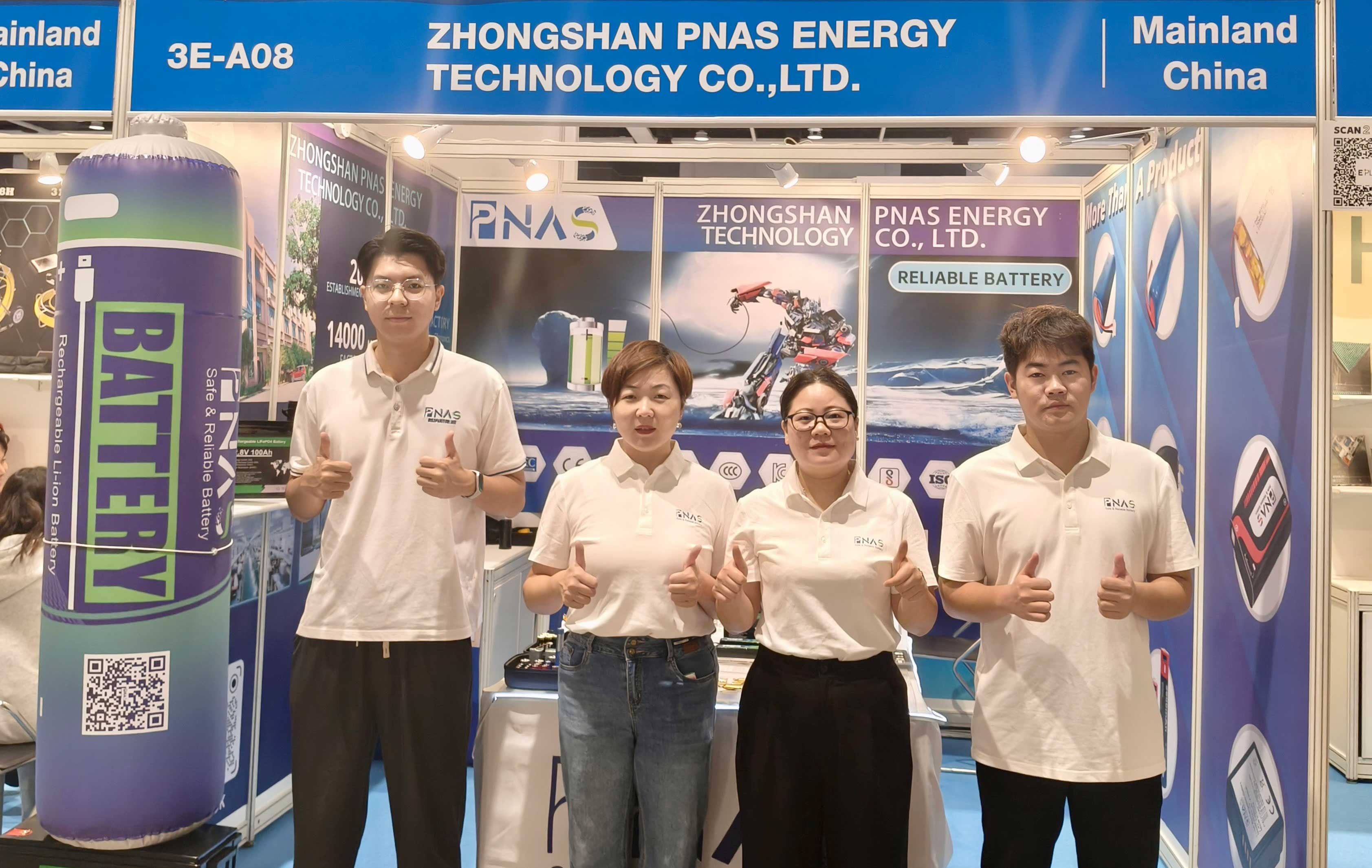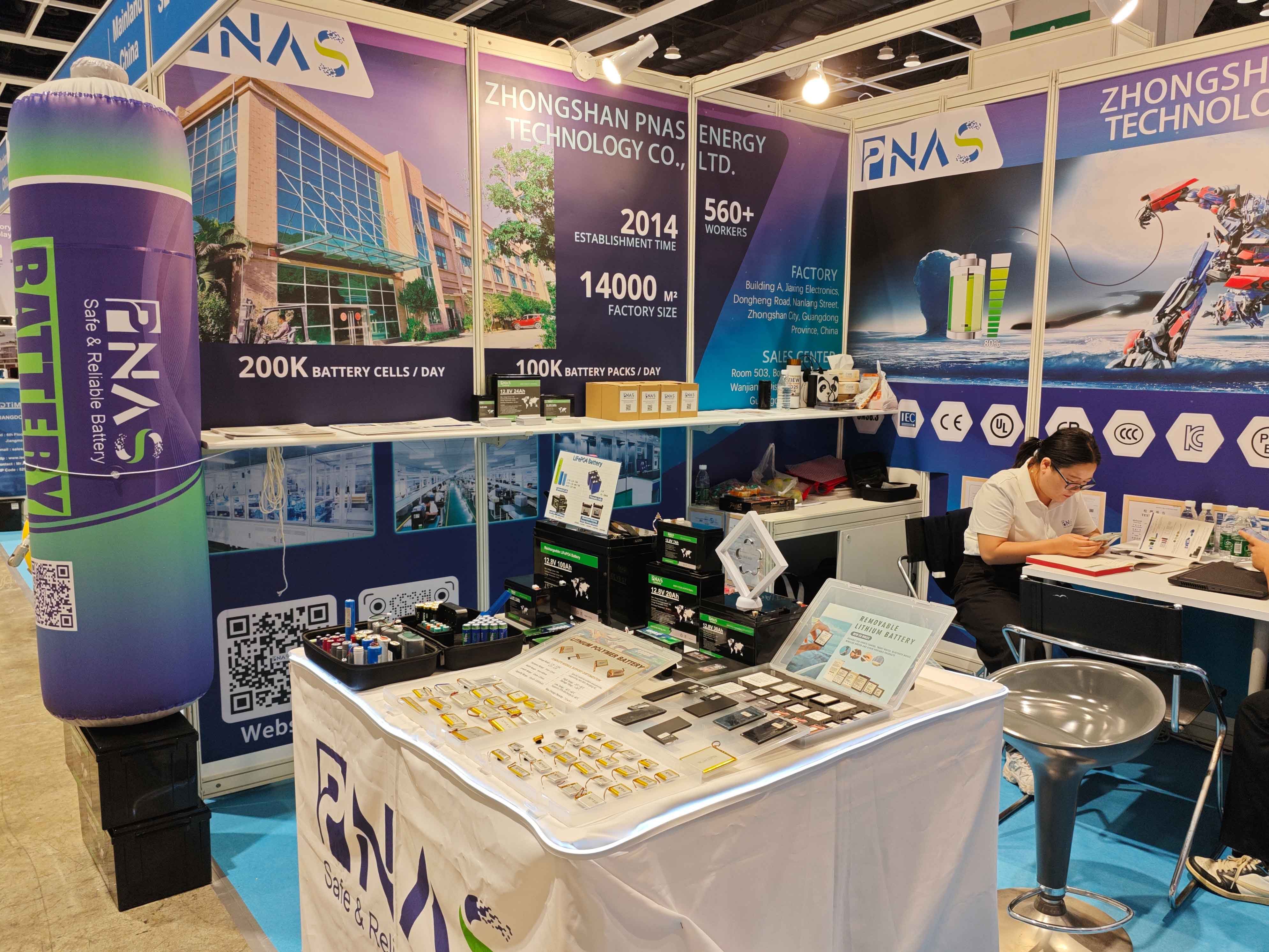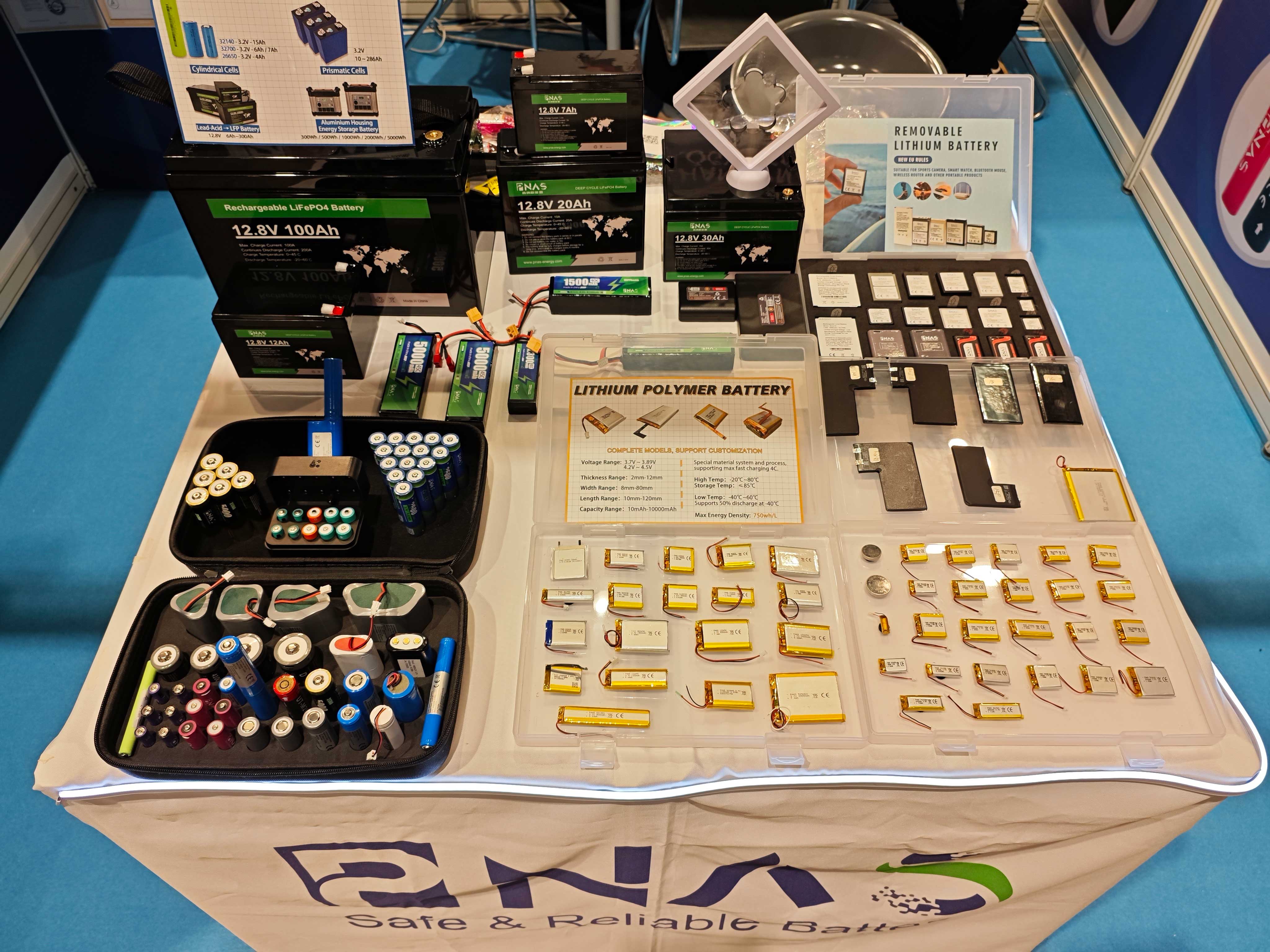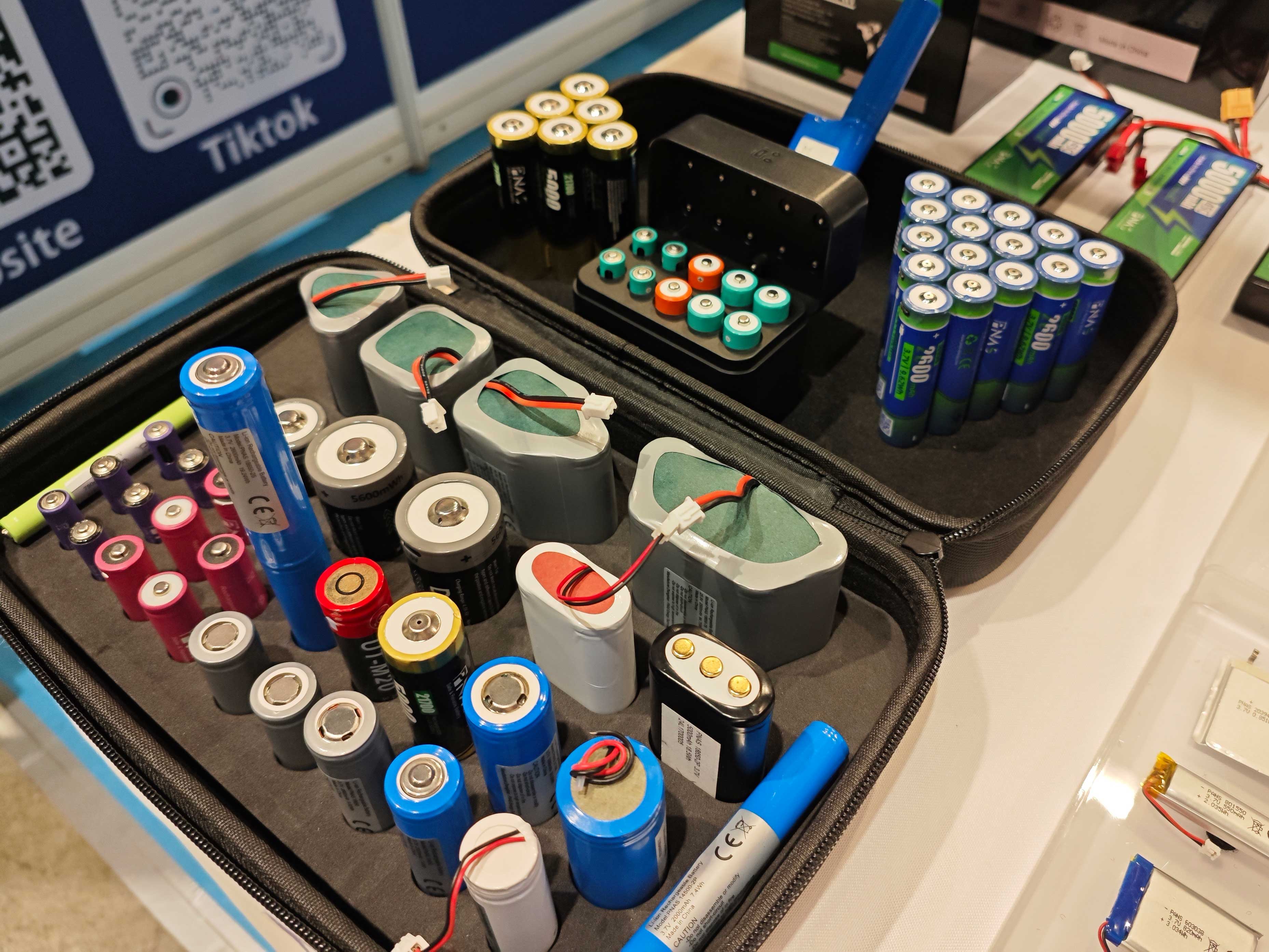Date: 2025-10-17 hits: 362
On October 12, 2025, the Autumn Electronics Show opened at the Hong Kong Convention and Exhibition Centre. Our company showcased its full range of lithium-ion battery products at the show. Leveraging our core technologies and customized, diverse solutions, we successfully attracted widespread attention and inquiries from customers worldwide.
This exhibition focused on energy storage batteries, which are suitable for a variety of scenarios, including outdoor and home energy storage, and meet the needs of the global energy transition. Also on display were drone batteries, polymer lithium batteries, lithium-ion batteries with charging ports, and removable lithium-ion batteries, covering a wide range of applications, including consumer electronics and smart devices, fully demonstrating our technological strength.
During the show, we met with numerous overseas buyer groups to capture international market trends. Going forward, the company will continue to deepen its technological innovation to provide customers with even higher-quality lithium-ion battery products and services.



